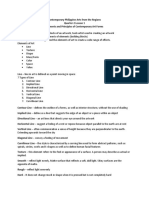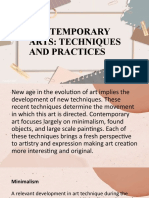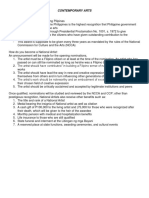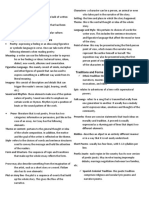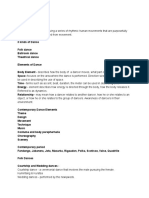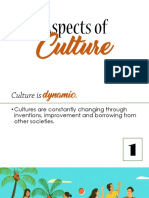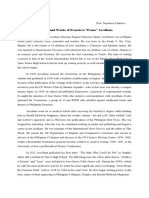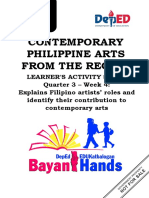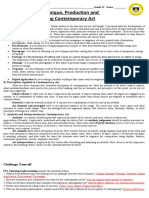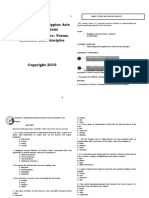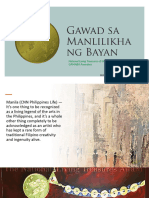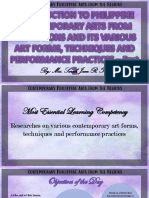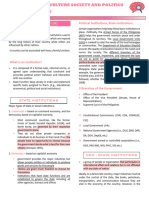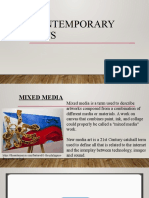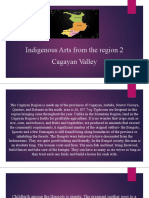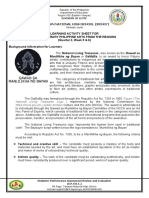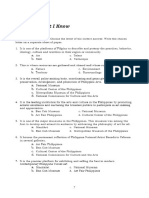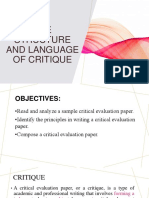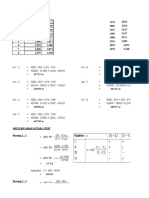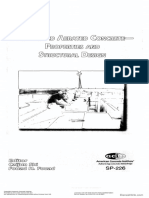0% found this document useful (0 votes)
2K views15 pagesFilipino Craftsmanship Icons
This document discusses several recipients of the National Living Treasures or Gawad sa Manlilikha ng Bayan award for crafts in the Philippines. It profiles weavers Lang Dulay and Salinta Monon, known for intricate abaca fiber weaving depicting traditional designs. Also featured are weaver Darhata Sawabi, sculptor Eduardo Mutuc, and mat weaver Haja Amina Appi, who have all contributed to preserving and advancing indigenous Philippine crafts.
Uploaded by
Rachel Sam DimalantaCopyright
© © All Rights Reserved
We take content rights seriously. If you suspect this is your content, claim it here.
Available Formats
Download as PPTX, PDF, TXT or read online on Scribd
0% found this document useful (0 votes)
2K views15 pagesFilipino Craftsmanship Icons
This document discusses several recipients of the National Living Treasures or Gawad sa Manlilikha ng Bayan award for crafts in the Philippines. It profiles weavers Lang Dulay and Salinta Monon, known for intricate abaca fiber weaving depicting traditional designs. Also featured are weaver Darhata Sawabi, sculptor Eduardo Mutuc, and mat weaver Haja Amina Appi, who have all contributed to preserving and advancing indigenous Philippine crafts.
Uploaded by
Rachel Sam DimalantaCopyright
© © All Rights Reserved
We take content rights seriously. If you suspect this is your content, claim it here.
Available Formats
Download as PPTX, PDF, TXT or read online on Scribd
/ 15





